For centuries, insects have been used as biological weapons to spread disease and destroy crops. They have even been employed as actual weapons of attack. Let’s take a look back at this history of insect warfare.

The term “biological warfare” often conjures images of bacteria, viruses, toxins, and other living agents that can affect humans. However, the use of insects is also a form of biological warfare.
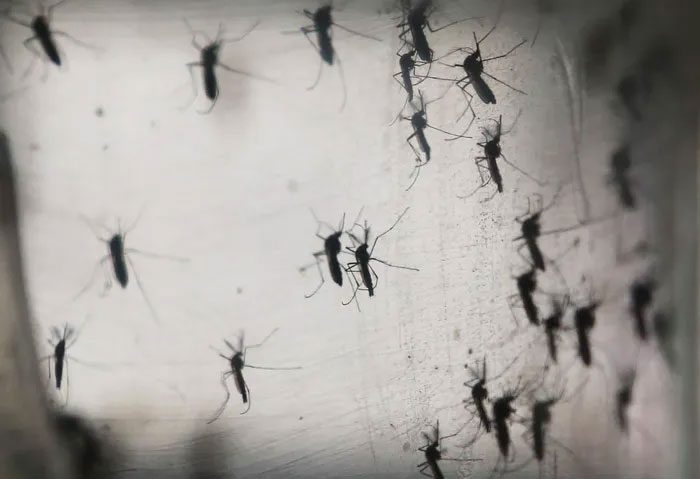
In insect warfare, various species of insects can harm enemies in multiple ways: infesting crops, spreading diseases, and serving as weapons of attack.
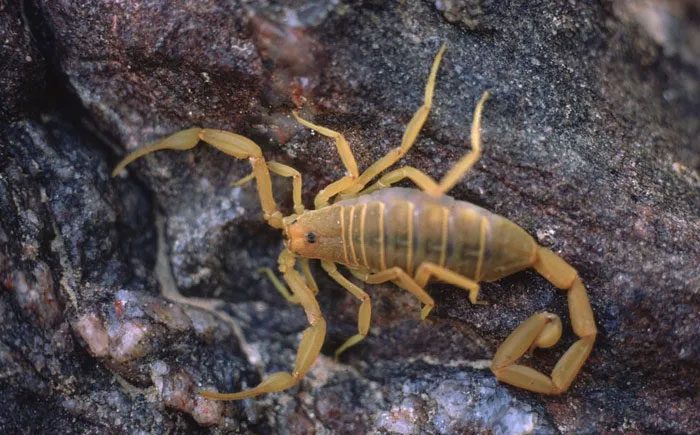
Thousands of years ago, perhaps as early as 198 AD, during the Second Roman-Parthian War, King Barsamia launched jars filled with scorpions to repel the Romans and protect the city of Hatra. These beetles of the genus Paederus contain a compound called pederin, which causes dermatitis and blisters upon skin contact.
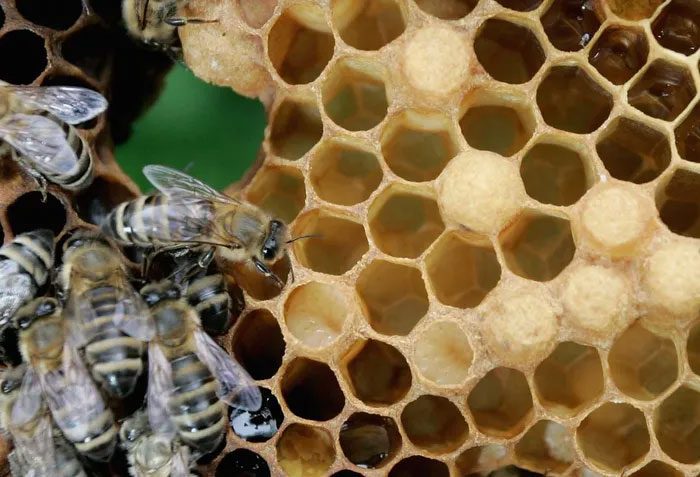
Later, King Mithridates VI of Pontus ordered honey collected from rhododendron flowers to be placed along the road. Roman soldiers who consumed this honey became ill and experienced hallucinations. They referred to it as “mad honey.”

The plague killed millions in the 14th and 15th centuries. It is believed that when the Mongol Tartars besieged the city of Kaffa (now Feodosia), they catapulted infected corpses over the walls, thereby spreading the disease to Europe.

During World War II, Unit 731 was Japan’s secret research and development facility for biological weapons. Researchers developed a bomb filled with plague-infected fleas and released it in China for testing.
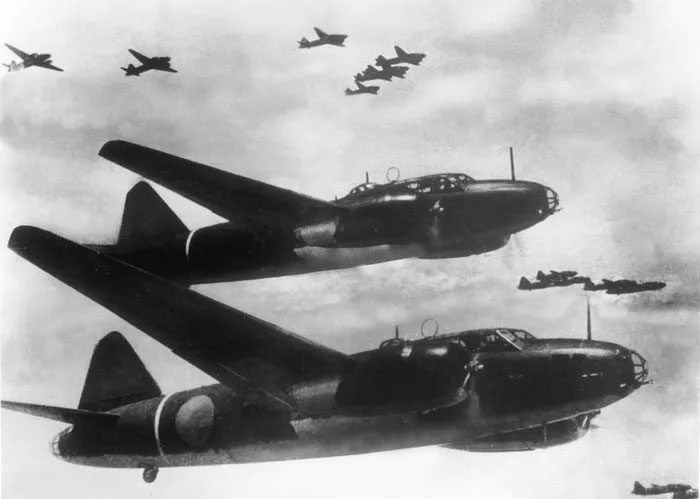
According to Operation Cherry Blossom at Night, the Japanese planned to drop plague-infested fleas over parts of California. Fortunately, Japan surrendered two weeks before the planned action.
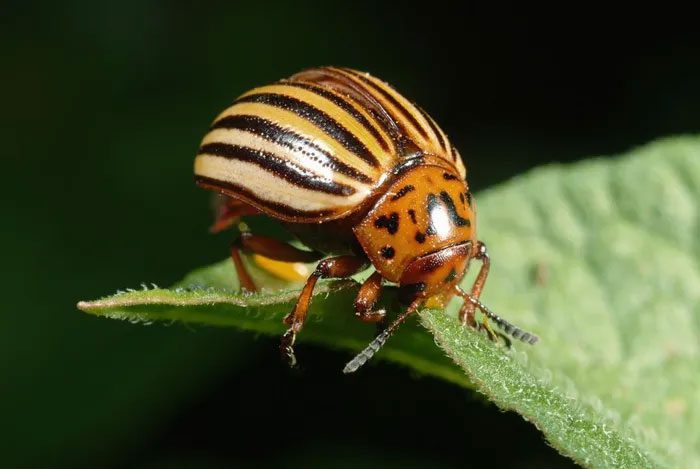
Also during World War II, the Nazis believed that Americans would use Colorado potato beetles to destroy German crops, prompting them to begin breeding and researching attack plans, which they tested in fields in Speyer, Germany.
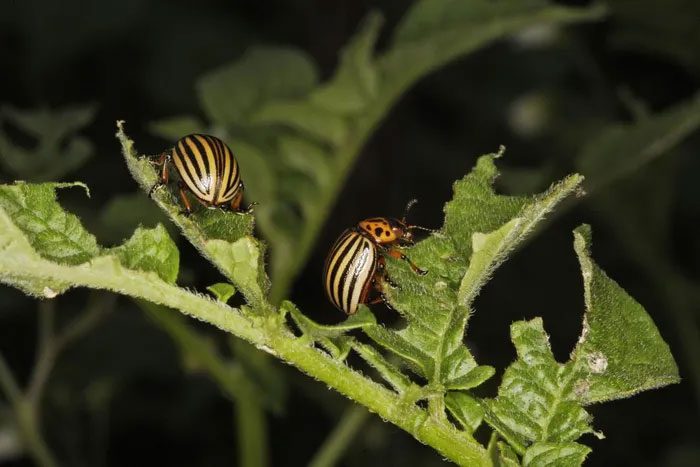
It turned out that the Germans’ concerns were justified. In 1942, the U.S. sent 15,000 beetles to the United Kingdom for research as a biological weapon.
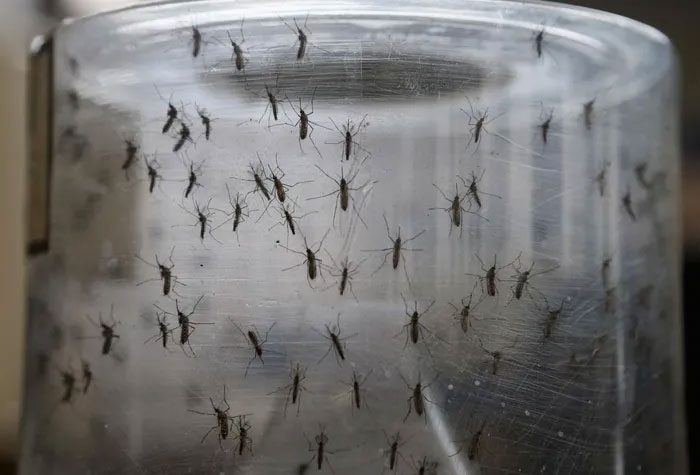
The Big Buzz operation by the U.S. took place in 1955, simulating a mosquito attack. Hundreds of thousands of Aedes aegypti mosquitoes (also known as yellow fever mosquitoes) were released in a region of Georgia.
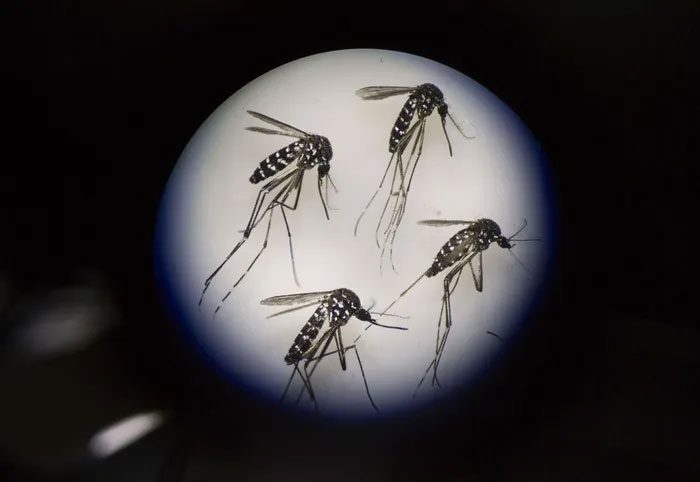
According to a 1981 report by the U.S. military, approximately 225,000 infected mosquitoes would be needed to attack a battalion. However, the cost for this operation was quite high, around $27,000 (equivalent to $132,000 today).
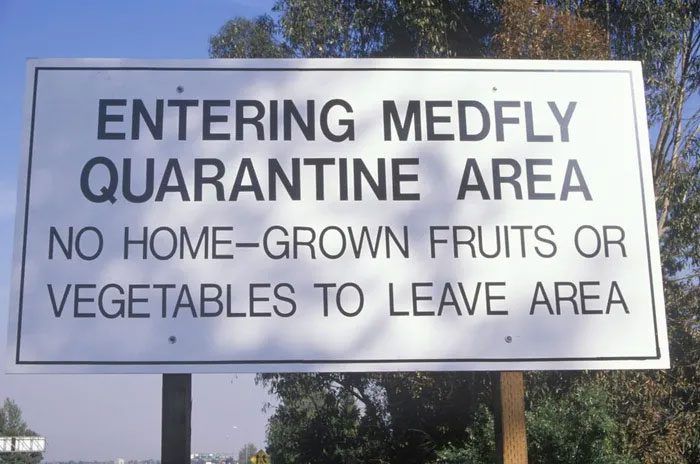
In 1989, an outbreak of Mediterranean fruit flies in California caused millions in damages, leading to the implementation of several eradication programs.
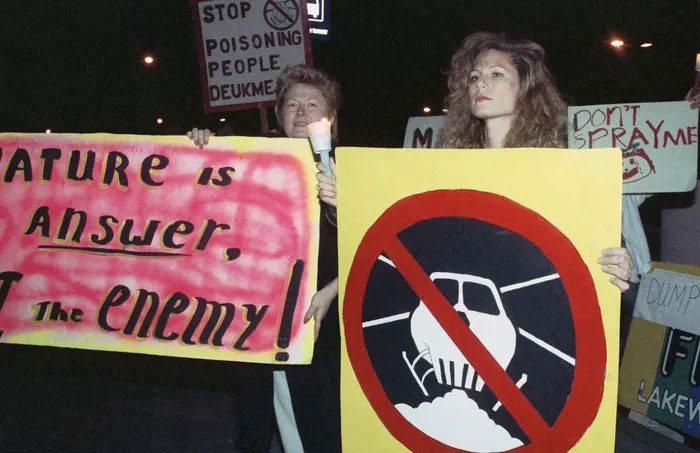
In December 1989, several politicians and media outlets in California received letters from a group called “The Breeders,” claiming responsibility for the Mediterranean fruit fly outbreak as retaliation for aerial spraying of the pesticide Malathion in the state. By March 1990, the state halted the Malathion aerial spraying program and instead introduced sterilized Mediterranean fruit flies to control the population.
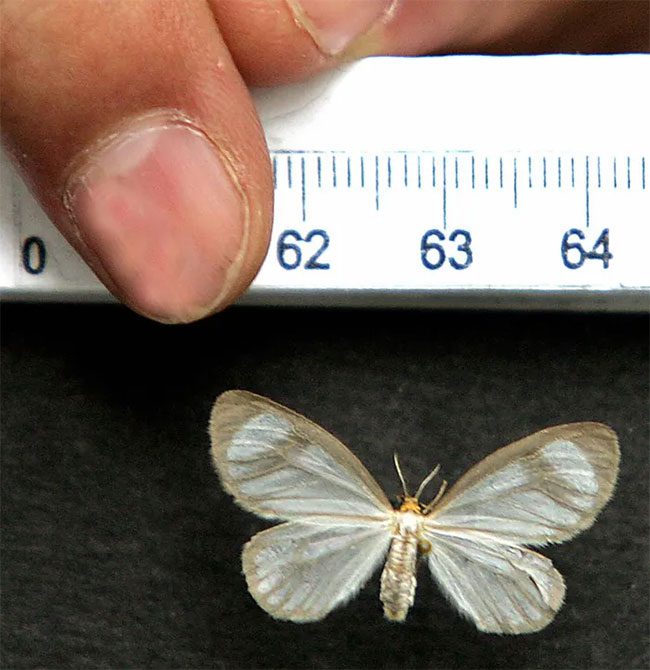
In 1990, the administration of U.S. President G. Bush proposed releasing millions of coca-eating caterpillars into coca fields in Bolivia and Peru in the war against drugs there. Both Bolivia and Colombia rejected this idea as it would harm the local ecosystem.

















































